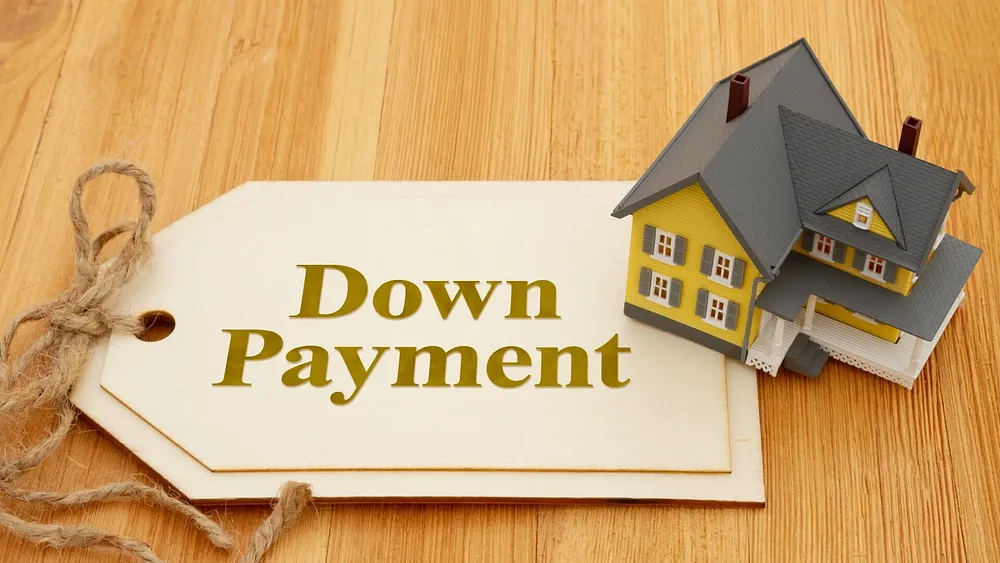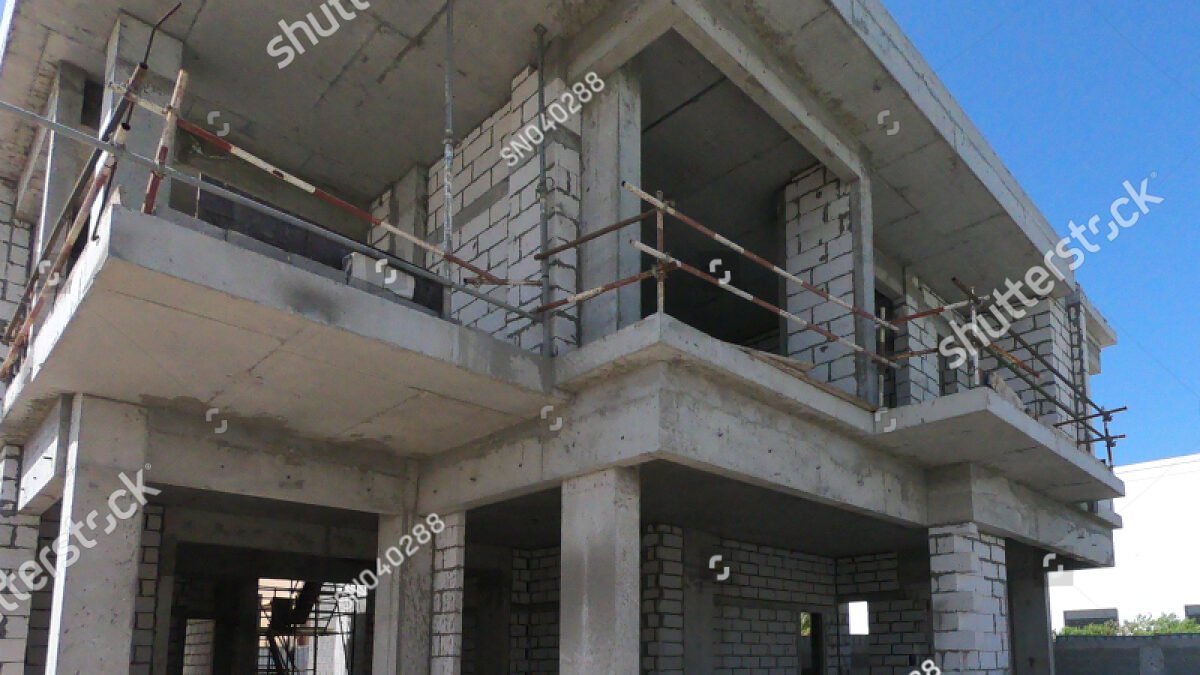Now Reading: Unlock Profitable Investment: Top Developer Payment Plans in UAE Real Estate
-
01
Unlock Profitable Investment: Top Developer Payment Plans in UAE Real Estate
Unlock Profitable Investment: Top Developer Payment Plans in UAE Real Estate

Table of Contents
The allure of Dubai and the wider United Arab Emirates as a premier real estate investment destination is undeniable. Beyond its iconic architecture and dynamic economy, a significant factor contributing to its appeal, particularly for off-plan properties, is the flexible and innovative range of payment plans offered by developers. These plans are meticulously designed to accommodate diverse financial profiles, making property ownership more accessible to a broad spectrum of local and international buyers. Understanding the nuances of these payment structures is paramount for optimizing an investment, managing cash flow, and ultimately, securing a prime asset in this competitive market.
The Strategic Advantage of Developer Payment Plans

Unlike traditional real estate markets where bank mortgages are the primary financing route, UAE developers often provide their own direct payment schemes. This bypasses the immediate need for bank approvals and often comes with the significant advantage of being interest-free. These plans are a powerful tool for both developers to attract buyers and for buyers to enter the market with manageable upfront costs and extended payment tenures.
For investors, flexible payment plans can unlock opportunities for higher returns. By minimizing initial capital outlay, investors can free up funds for other ventures or retain liquidity. For end-users, these plans make it possible to own a dream home without the immediate financial burden of a large lump sum payment, often allowing them to move into the property while continuing to pay installments.
Deconstructing Common Payment Plan Structures
Developer payment plans in the UAE are diverse, but they generally follow a few common structures, with percentages varying significantly based on the project, developer, and market conditions.
1. Construction-Linked Payment Plans: This is the most prevalent type for off-plan properties. Payments are tied to the progress of the construction.
- Typical Structure:
- Down Payment/Booking Fee (10% – 20%): Paid upfront to reserve the unit.
- During Construction Installments (50% – 70%): Payments are staggered as construction milestones are met (e.g., foundation completion, structural completion, facade work, etc.). These can be paid quarterly, semi-annually, or at specific construction percentages.
- Handover Payment (10% – 30%): The remaining balance is paid upon completion and handover of the property.
- Variations:
- 80/20 Plan: 80% paid during construction, 20% at handover. Popular for projects nearing completion or offering quick handovers.
- 60/40 Plan: 60% paid during construction, 40% at handover. Offers a more balanced approach.
- 50/50 Plan: 50% paid during construction, 50% at handover. Provides an even split, making both pre- and post-handover payments substantial.
- Benefits: This plan aligns buyer payments with the physical progress of the project, offering a sense of security. It also allows buyers to spread out payments over the construction period, which can be several years.
2. Post-Handover Payment Plans (PHPPs): These have gained immense popularity, especially since 2020. A significant portion of the property’s value is paid after the property has been handed over.
- Typical Structure:
- Down Payment/Booking Fee (5% – 20%): Low initial payment.
- During Construction Installments (30% – 50%): Smaller installments paid during the construction phase.
- Post-Handover Payments (40% – 70%): The largest portion of the payment is spread out over a period ranging from 1 to 10 years after the property is handed over. These payments are typically made directly to the developer, often interest-free.
- Variations: Common splits include 30/70 (30% pre-handover, 70% post-handover), 40/60, or even 20/80 for maximum flexibility.
- Benefits:
- Reduced Upfront Burden: Makes property ownership highly accessible, especially for first-time buyers or those with limited immediate capital.
- Immediate Property Access: Buyers can move into or rent out the property immediately after handover, even as they continue making payments. For investors, this means generating rental income to offset future installments.
- Financial Flexibility: Spreads financial commitment over an extended period, allowing for better budgeting and financial planning.
- Potential for Capital Appreciation: Buyers secure the property at today’s price and can benefit from potential value appreciation even while still paying for it.
3. Monthly Payment Plans (e.g., 1% Monthly): Some developers offer highly attractive plans where buyers pay a fixed small percentage (often 1%) of the property value each month for a predefined period.
- Typical Structure:
- Down Payment (5% – 10%): Low initial payment.
- Monthly Installments: 1% of the property value paid monthly for a period, often 6-8 years, or sometimes even up to 10 years, covering both construction and post-handover phases.
- Benefits: Ideal for salaried individuals, young professionals, and first-time investors who prefer predictable, low monthly outlays over large lump sum payments. It significantly lowers the entry barrier.
4. Deferred Payment Plans: Similar to post-handover, but the deferral period can be very long, sometimes extending up to 8-10 years post-handover. This is often seen in more exclusive or large-scale projects designed for long-term investors or those seeking to avoid conventional mortgages.
5. Rent-to-Own Schemes: While less common for off-plan and more often for ready properties, some developers offer arrangements where a portion of monthly rental payments contributes towards the eventual purchase price, allowing tenants to transition into ownership.
What Makes a Payment Plan “Best”?

The “best” payment plan is subjective and depends entirely on an individual’s financial situation, investment goals, and risk appetite. However, universally attractive features include:
- Low Initial Down Payment: Reduces the upfront financial burden, making property more accessible.
- Interest-Free Installments: A major advantage over bank mortgages, saving significant costs over the payment tenure.
- Extended Post-Handover Period: Allows buyers to leverage rental income or manage finances more comfortably after taking possession.
- Clear and Transparent Terms: A good plan has no hidden fees, clearly outlines the payment schedule, and specifies penalties for late payments.
- Alignment with Construction Progress: For off-plan, payment plans linked to construction milestones offer a sense of security as payments correspond to tangible progress.
- Flexibility for Resale: Understand if the payment plan allows for resale of the property before full payment, and what transfer fees or restrictions apply.
Considerations Before Choosing a Payment Plan

While developer payment plans offer immense flexibility, buyers must conduct thorough due diligence:
- Developer Reputation: Always research the developer’s track record for timely project delivery and quality construction. A flexible payment plan from an unreliable developer can lead to significant issues if the project faces severe delays or quality problems.
- Financial Capacity: Critically assess your personal cash flow and ability to meet all installment payments on time. Factor in potential fluctuations in income or expenses.
- Total Cost vs. Perceived Flexibility: Sometimes, properties with extremely flexible plans might have a slightly higher overall sales price. Compare the total cost of ownership (including DLD fees, service charges, and any other associated costs) across different options.
- Future Market Conditions: For long-term post-handover plans, consider the potential for market fluctuations. While the UAE market is generally robust, being able to cover installments even if rental income dips is crucial for investors.
- Legal Review: Have a real estate lawyer review the Sale and Purchase Agreement and the payment plan terms thoroughly before signing to ensure all clauses are understood and fair.
The Role of Payment Plans in UAE Real Estate in 2025
Into 2025, developer payment plans remain a cornerstone of the UAE real estate market, particularly for the thriving off-plan segment. As the emirate continues its ambitious growth trajectory, attracting a diverse global population, flexible payment options are crucial for maintaining market liquidity and expanding the buyer base.
- Sustained Off-Plan Demand: Attractive payment plans continue to fuel demand for off-plan properties, which often offer competitive entry prices and the potential for capital appreciation during the construction phase.
- Increased Accessibility: These plans democratize property ownership, allowing a wider range of income groups to invest in Dubai’s and Abu Dhabi’s high-growth areas.
- Developer Innovation: Competition among developers drives continuous innovation in payment plan structures, with developers constantly seeking to offer more attractive and tailored options to capture market share.
- Reduced Reliance on Traditional Mortgages: While bank mortgages are available, developer financing provides a convenient, interest-free alternative, particularly for non-residents or those who prefer to avoid the complexities of bank lending.
- Investor Attraction: For international investors, the simplicity and flexibility of developer payment plans, coupled with the potential for high rental yields and tax-efficient returns, make the UAE market exceptionally appealing.
Conclusion
In essence, developer payment plans are more than just a financing mechanism; they are a strategic instrument that has profoundly shaped the accessibility and growth of the UAE real estate market. By carefully selecting a plan that aligns with individual financial circumstances and long-term objectives, buyers can confidently embark on their journey to property ownership in one of the world’s most exciting and rewarding real estate landscapes.
WATCH MORE HERE: https://www.youtube.com/watch?v=doSvVEbB8gA
READ MORE HERE: UAE Builder Reviews: Crucial for Confident Property Investment






















